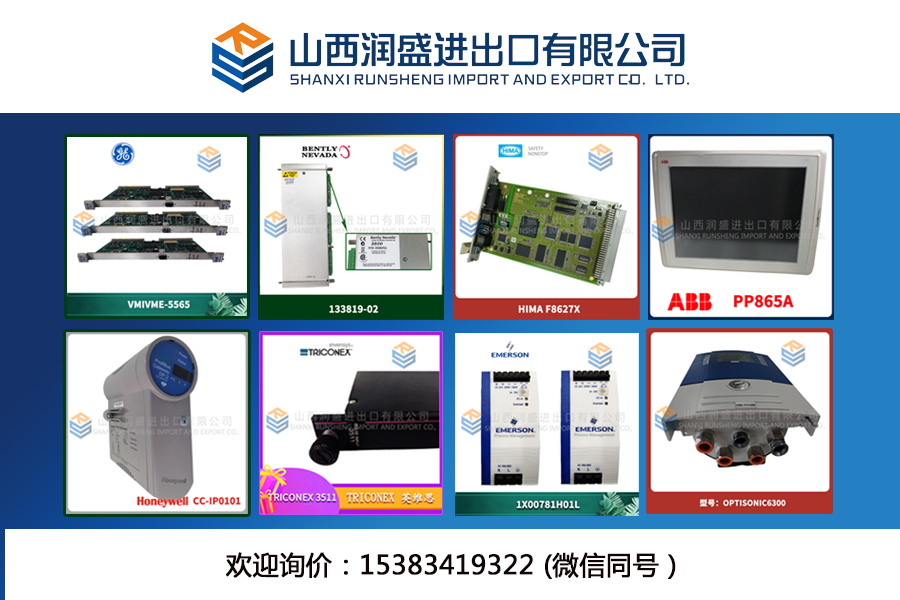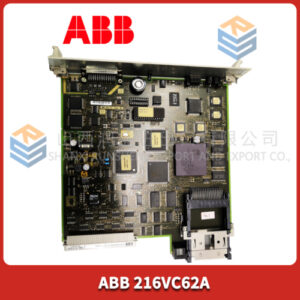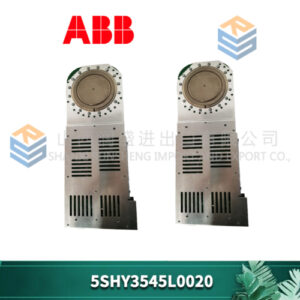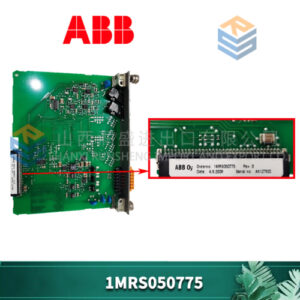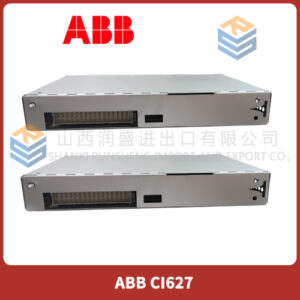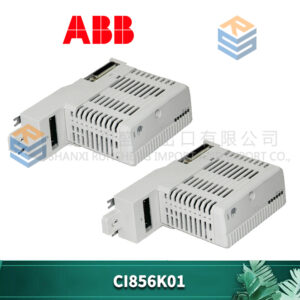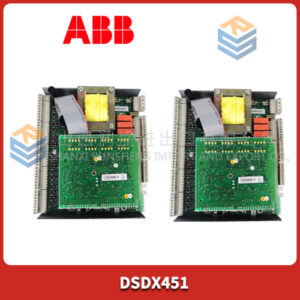描述
5SHY3545L0009 ABB 可控硅IGCT模块
型号:5SHY3545L0009
名称:可控硅IGCT模块
品牌:ABB
产品净深度/长度:234毫米
产品净高度:27毫米
产品净宽度:112.5毫米产品净重:0.4公斤
供应进口原装正品,专业停产配件;发货快,货期精准,一手货源,现货库存超过1亿
可控硅5SHY3545L0009 IGCT功率模块ABB工控应用行业
5SHY3545L0009 集成门极换流晶闸管(IntergratedGateCommutatedThyristors),它是将GTO芯片与反并联二极管和门极驱动电路集成在一起,再与其门极驱动器在外围以低电感方式连接而成。也就是门极集成化的GTO(Gate Turn Off)。
IGCT在整流环节中与SCR一脉相承,SCR是Silicon Controlled Rectifier的缩写,5SHY3545L0009是可控硅整流器的简称。可控硅有单向、双向、可关断和光控几种类型。它具有体积小、重量轻、效率高、寿命长、控制方便等优点,被广泛用于可控整流、调压、逆变以及无触点开关等各种自动控制和大功率的电能转换的场合。
单向可控硅是一种可控整流电子元件,能在外部控制信号作用下由关断变为导通,但一旦导通,外部信号就无法使其关断,只能靠去除负载或降低其两端电压使其关断。单向可控硅是由三个PN结PNPN组成的四层三端半导体器件,与具有一个PN结的二极管相比,单向可控硅正向导通受控制极电流控制;与具有两个PN结的三极管相比,差别在于可控硅对控制极电流没有放大作用。双向可控硅具有两个方向轮流导通、关断的特性。双向可控硅实质上是两个反并联的单向可控硅,是由NPNPN五层半导体形成四个PN结构成、有三个电极的半导体器件。由于主电极的构造是对称的(都从N层引出),所以它的电极不像单向可控硅那样分别叫阳极和阴极,而是把与控制极相近的叫做第一电极A1,另一个叫做第二电极A2。双向可控硅的主要缺点是承受电压上升率的能力较低。这是因为双向可控硅在一个方向导通结束时,硅片在各层中的载流子还没有回到截止状态的位置,必须采取相应的保护措施。双向可控硅元件主要用于交流控制电路,如温度控制、灯光控制、防爆交流开关以及直流电机调速和换向等电路。可控硅在维持电流以上一直处于开通状态,关断电流高,控制困难,关断速度较慢。逆变环节中,在LCI(负载换相逆变器)中SCR具有优异表现,可做到超大功率,电压高、电流也大。二极管(Diode,不可控整流器件)和SCR(半可控)整流均不需要PMW即可满足两象限变频器工作,PWM需要用IGBT(全控)等器件。
Unidirectional SCR is a kind of controllable rectifier electronic component, which can be turned on from off to on under the action of external control signals. But once it is turned on, the external signal cannot make it off. It can only be turned off by removing the load or reducing the voltage at both ends. Unidirectional SCR is a four-layer three-terminal semiconductor device composed of three PN junction PNPN. Compared with the diode with one PN junction, unidirectional SCR is controlled by the current of the control pole. Compared with the transistor with two PN junction, the difference is that the SCR does not magnify the current of the control pole. Bidirectional SCR has the characteristics of turning on and off in two directions. Bidirectional SCR is essentially two one-way SCR in inverse parallel. It is a semiconductor device consisting of four PN structures formed by five layers of NPNPN semiconductor and has three electrodes. Because the structure of the main electrode is symmetrical (both lead from the N layer), its electrodes are not called anode and cathode as unidirectional SCR, but the first electrode A1, which is very close to the control, is called the second electrode A2. The main disadvantage of bidirectional SCR is its low ability to withstand the voltage rise rate. This is because when the bidirectional SCR is switched on in one direction, the carriers in the silicon wafer in each layer have not returned to the cut-off position, and corresponding protection measures must be taken. Bidirectional SCR is mainly used in AC control circuit, such as temperature control, lighting control, explosion-proof AC switch and DC motor speed control and reversing circuit. SCR is always in the open state above the maintenance current, with high turn-off current, difficult control and slow turn-off speed. In the inverter link, SCR has excellent performance in LCI (load commutator inverter), which can achieve super power, high voltage and large current. Diode (uncontrolled rectifier) and SCR (semi-controlled) rectifier do not require PMW to work with two-quadrant converters, while PWM requires devices such as IGBT (full control).





 联系人:曹经理
联系人:曹经理 电话:15383419322
电话:15383419322 邮箱:2970592941@qq.com
邮箱:2970592941@qq.com 地址:太原市杏花岭区解放路175号万达中心A座3301
地址:太原市杏花岭区解放路175号万达中心A座3301

